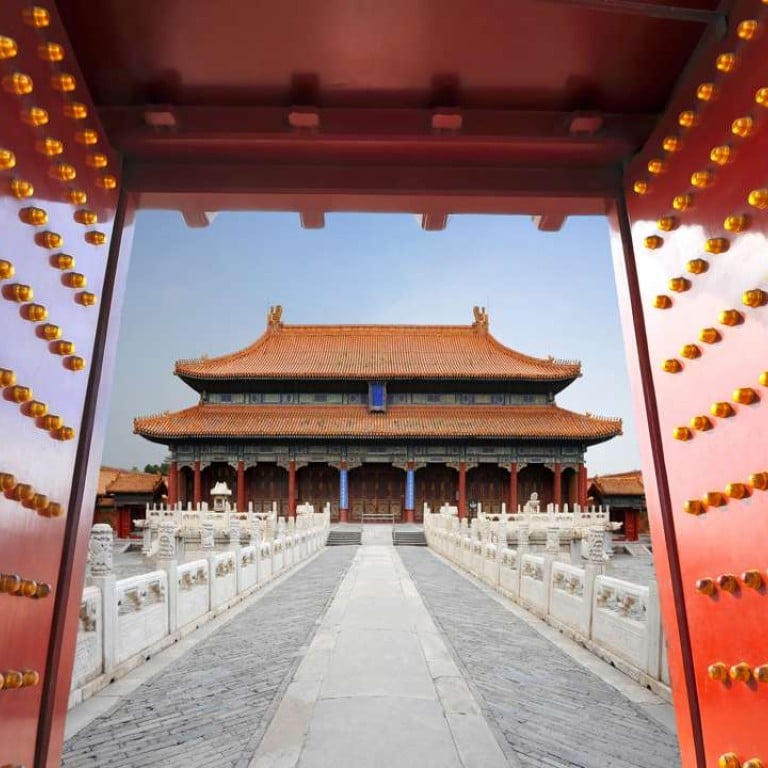
How China’s tumultuous history shaped the Forbidden City, the most visited museum in the world
Beijing’s Palace Museum, which is planning to open a branch in Hong Kong, welcomes more than 15 million visitors annually but the complex was almost completely destroyed in 1644
National treasures from imperial China will be exhibited at the Hong Kong Palace Museum on a permanent basis when – or perhaps if – the HK$3.5 billion facility is completed, in 2022. Last month’s announcement of the new museum came as a surprise, as there was no prior public consultation or even any hint that the project was in the offing.
With the Palace Museum in Beijing hosting 15.3 million visitors a year, many here are excited about potential numbers at the new museum. Such excitement may be misplaced, however. The capital’s Palace Museum is more palace than museum. Visitors go there to experience the beauty, magnificence and sheer scale of the palace complex, not the artefacts displayed, if at all, in sub-optimal exhibition spaces.
Construction of the Forbidden City, as the Palace Museum used to be called, began in 1406, following the decision by the Ming dynasty’s Emperor Yongle to move the imperial capital from Nanjing north to Beijing. Built near the imperial palace of the preceding Mongol Yuan dynasty, the Forbidden City was completed in 1420. In the course of the Ming dynasty three major fires destroyed part of the complex, but the biggest damage came when rebel Li Zicheng burnt it to the ground in 1644, as he fled from the Manchu invaders.
The only structures remaining were four halls, some turrets and a gate. Much of what we see today is the result of massive rebuilding by the Manchu rulers of the Qing dynasty.

